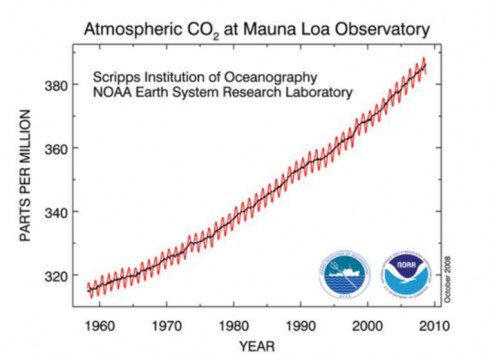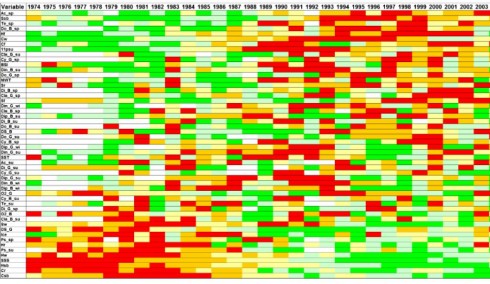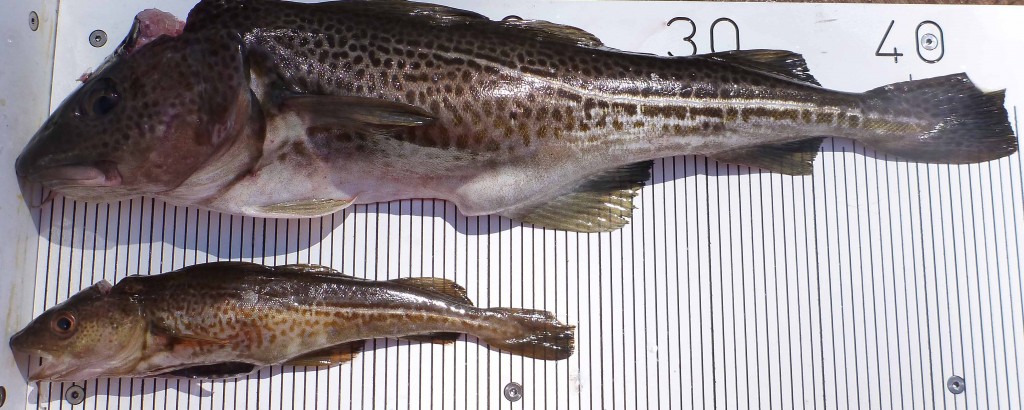What are you doing on board of the ship, and what is the purpose? These are obviously two of the key questions when talking about the cruises with people outside the GEOMAR. It is also worth reflecting on for us cruise organizers and participants from time to time, since the “why” can easily get lost behind the daily routine and large work-load on board.
In very brief words, our ultimate goal is to understand how Baltic pelagic (i.e., open water) ecosystems are working, and to do so well enough to help to predict how they will change in the future.
To do this, we – and colleagues of us before – have tried to assess the open Baltic in an integrative way since the 1980s, starting with the oceanographic parameters prevailing in the deeper basins (oxygen content, salinity, temperature), continuing with the composition and distribution of the plankton (i.e., all life in the water column that is not able to actively swim against the current, – see http://en.wikipedia.org/wiki/Plankton for a pretty good article on this important group of organisms) and finally ending with the fish community, including cod, herring, sprat. The specific tools that we use are diverse: oceanographic probes recording water parameters, plankton nets to sample plankton communities, and trawl fishery gear to catch fish.

Figure 1 One of the most famous long-term data series of global change, the Keeling curve. Source: NOAA
Ecosystems are not stable, and change is a constant even in natural situations. With global change and human exploitation, there are now many examples of long-term, gradual change, such as deterioration of ecosystem health due to sewage inputs and eutrophication, overharvesting, ocean acidification or increase of oxygen minimum zones. Such long-term changes are very difficult to pick up for the human observer, due to their gradual nature and to natural short term fluctuations. Long-term data series spanning many years, or even decades or centuries, are the best way around this problem. A famous example is the “Keeling curve” on Mauna Loa, Hawaii, revealing the dramatic increase of the atmospheric CO2 concentrations due to human fossil emissions since the mid 20th century (Figure 1).
In the Baltic setting, long-term data including those from our cruises have revealed another facet of change, a drastic and sudden shift that took place in the 1980s and has become one of the best examples of so-called “ecosystem regime shifts”. Before, cod was the dominant large fish species, but its numbers crashed whereas the small plankton feeders herring and sprat took over. Long-term data revealed that change affected all levels of the ecosystem: salinity and oxygen content decreased, plankton species composition changed, cod eggs and larvae had a harder time surviving, and fish abundances changed. The far reaching disruption is reflected in a diagram summarizing abundances/intensities of many different system parameters over time by Christian Möllmann and colleagues (Figure 2). Further analyses indicated that both climatic changes and overfishing set this process in motion.

Figure 2 “Traffic-light plot” showing the drastic change in a large range of central Baltic ecosystem parameters (“regime shift”) over the period 1974 – 2003. Red: high values. Green: low values. From Möllmann C, Diekmann R, Mülller-Karulis B, Kornilovs G, Plikshs M, Axe P (2009). Reorganization of a large marine ecosystem due to atmospheric and anthropogenic pressure: a discontinuous regime shift in the Central Baltic Sea. Global Change Biology 15:1377-1393.
More recently, another change that we and others have observed is that cod are getting thinner (“the starving cod”). Why this is the case, and what consequences this bad condition has for cod stocks, is a big present question. Also, cod average size is getting smaller (“the shrinking cod”) and cod are spawning at a smaller size, likely related to fishing pressure. Fish size is obviously a factor affecting both ecological systems and market value. A key question is now whether it is related to genetic changes (“fisheries induced evolution”) or plastic behavior. A third example: invasive species native to other seas are increasingly establishing in the Baltic, including for example the comb jelly Mnemiopsis leidyi that caused large discruptions in the Black Sea in an earlier invasion. Its arrival was picked up early on in 2007 during our Alkor cruises, and recent work focuses on consequences for Baltic systems.
Finally, on a shorter scale, the winter 2014/2015 has seen one of the largest inflows of saline, oxygenated North Sea water to the Baltic, renewing the bottom water layers in the deep basins that we visit every year. The comparison of this year’s and future data with our past records will help to assess the strength of the inflow and the biological changes resulting from this large oceanographic event.
Important questions, important insights and answers, but a long way to go. I hope the why and the what of our cruises have become a little clearer. Greetings from Bornholm Basin, where we are currently in the middle of plankton hauls,
Jan

Hello Paulina and Jan,
It is great to get an impression of life on board of a research vessel and to read about the scientific background and it’s very interesting to read about the purpose of such cruises – you are doing a great job explaining.
Please keep on posting!